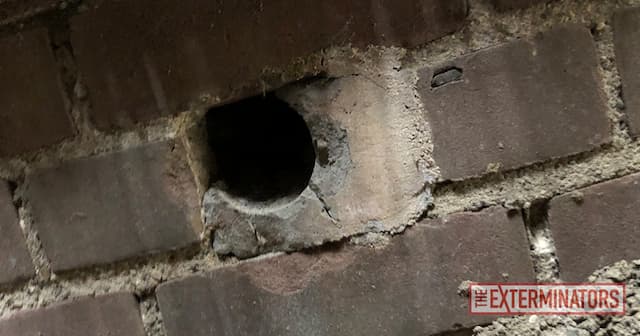Rats and mice are a lot alike, but when they get into your home, they can cause different problems. Both rats and mice are known for being able to live and grow in a wide range of conditions, but it’s important to know the difference between rat and mouse infestations in order to get rid of them effectively.
Differences in body type:
One clear difference between rats and mice is how big they are. Rats and mice are very different sizes. With its tail, an adult rat can be up to 16 inches long. Mice, on the other hand, are usually between 5 and 7 inches long. If you see a mouse in your home, the size of it can help you figure out what kind it is.
Length of Tail:
Their tails are another thing that makes them unique. Rat tails are longer and scaly, with no hair on them. Mice tails are smaller and have fine hairs on them. This can be a good sign if you can get a good look at the tail.
Hearing and seeing:
Rats have small ears that are close together and eyes that stick out, which can make them look scary. On the other hand, mice have bigger ears than their heads and eyes that are wider and stand out more.
Drops of:
Looking at rat droppings can help you figure out what kind of pest you have. Rat droppings are bigger, with pointy ends that are about 0.5 inches long. The mouse droppings are about 0.25 inches across and have sharp points at the ends. Their waste is usually found where they move and where they can find food.
Behaviour of Nesting:
Rats and mice build their nests in different ways. Rats like to make their nests in places that are hard to see, like attics, basements, and wall gaps. Using things like insulation, paper, and fabric, they build very complicated houses. Mice, on the other hand, make smaller nests in places that are easy to get to. They often use shredded paper, cloth, or insulation to make these nests.
Patterns of Activity:
Rats are usually more careful, and they take their time exploring new places. They move around more at night, so you might hear them running through walls or ceilings at night. Mice are naturally more interested, and they will often go outside during the day.
Food Preferences:
Rats and mice both eat whatever they can get their teeth on, but they do have certain foods they enjoy. Rats like cereals, grains, and meat the most. Mice, on the other hand, love grains and seeds the most. Figuring out what draws them in can help you keep them under control.
Patterns of damage:
Rats and mice can also do different kinds of harm. Rats are known for having strong teeth that can crush things like wood, plastic, and even wires. Mice often leave smaller bite marks and may not do as much damage to structures.
Risks to health:
Rats and mice are both health risks for people because they can spread diseases. Rat scratches and bites can spread diseases, and rat poop can make food and surfaces dirty. The droppings and urine of mice can spread illnesses. To keep health risks to a minimum, bugs must be dealt with right away.
Strategies for Control:
To get rid of rats and mice effectively, you need to use different methods. The treats and traps for rats are stronger and bigger to handle rats of that size. Mouse treats and traps are smaller and made to fit mice.
In conclusion, rats and mice are a lot alike, but it’s important to know the differences between them if you want to get rid of pests. Figuring out what kind of rat problem you have will help you take the best steps to get rid of them and lower the risks that come with having them in your home. You might want to hire a professional pest control service if you’re not sure what kind of problem you have or if you need help getting rid of them.
Rat Control Newmarket, our technicians have the knowledge as well as years of experience in handling rat problems. Whether it is an infestation or an intrusion, our licensed and fully insured teams of technicians handle the problem swiftly and discreetly.
